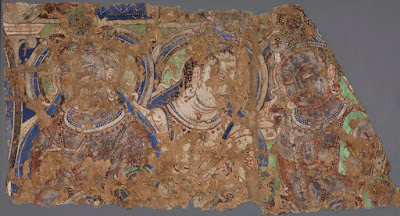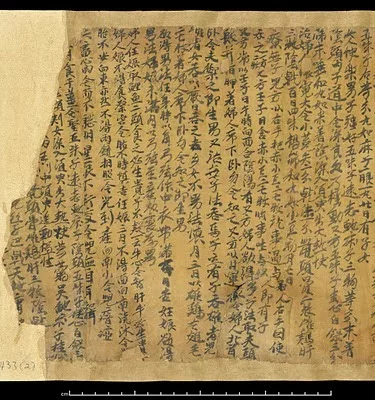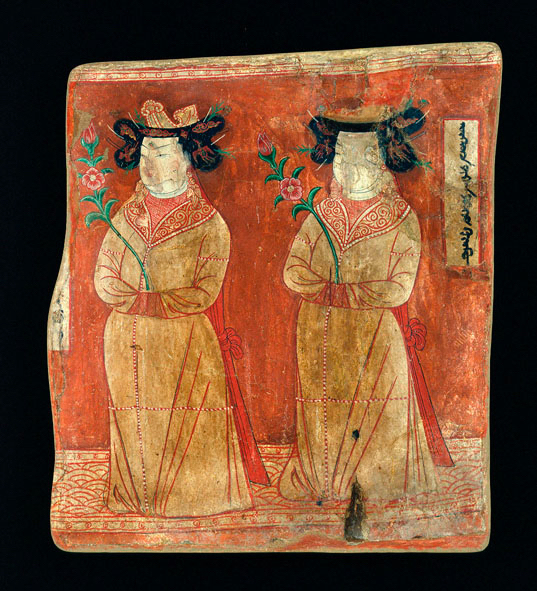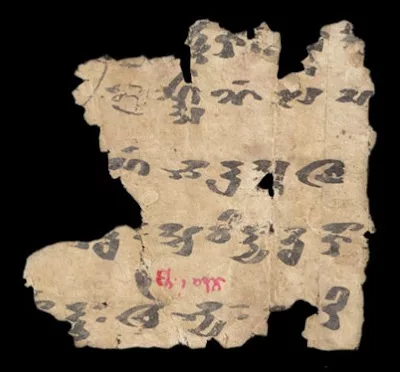Cataloguing North American Collections

My name is Miki Morita, and I am a new postdoctoral fellow for a joint project between IDP and Georgetown University in Washington D.C.* In this role I will be collecting data and conducting research on Chinese Central Asian manuscripts, art works, and archaeological artefacts in North American collections for inclusion on IDP online.
Very few North American items have been studied extensively, and even fewer have been incorporated into the IDP database. When I was cataloguing some mural fragments from the Kizil Caves (Baicheng County, Xinjiang) in the collection of the Metropolitan Museum of Art, I came to notice the existence of less-known Chinese Central Asian works of art and archaeological artefacts, and felt a strong need to create a universal catalogue for scholarly purposes. IDP was, of course, aware of such Chinese Central Asian materials and had already been working with some of North American institutions. I feel very fortunate that I can take part in this project, which allows me to pursue my research interest in Chinese Central Asian pieces in North America.
The most thrilling part of this project is that we do not know what can be found in the North American collections. Some of the pieces have been recognised and studied in the past, such as a major collection of manuscripts in the Library of Congress and Kizil mural paintings at the Smithsonian Institution. On the other hand, there are pieces that have not yet attracted scholarly attention, such as the following mural fragment (C411) from the collection of the University of Pennsylvania Museum of Archeology and Anthropology.

This fragment, containing busts of three Buddhist deities in the Indo-Iranian style II of Kizil mural paintings, was displayed in one of the galleries, yet was not known and studied by art historians until recently. It turns out to be a part of a lunette of Cave 38 in the Kizil Caves in Xinjiang, and was originally collected during the fourth German expedition led by Albert von le Coq in the early twentieth century.
While the Cave 38 fragment of the Penn Museum is a relatively major piece with three figures, many Chinese Central Asian pieces in the North American collections could be small and fragmentary pieces. For example, the same museum also owns two small mural fragments (C412, C413B) that each depict the head of a Buddhist deity.


Despite their size, such small pieces are part of a limited number of remaining Chinese Central Asian pieces and represent very important pieces in the effort to complete a picture of the history and culture of this region. Moreover, each piece comes with unique provenance information that collectively offers a perspective on the formation of the Chinese Central Asian collections in North America.
Fingers crossed that there remain many more pieces residing within the North American collections! I am very excited to see what new scholarly developments can be made based on the outcome of this cataloguing project.
*Thanks to the Henry Luce Foundation for funding this post, and to the Dunhuang Foundation US for funding the training visit of Dr Morita to IDP at the British Library.








If you have feedback or ideas about this post, contact us, sign in or register an account to leave a comment below